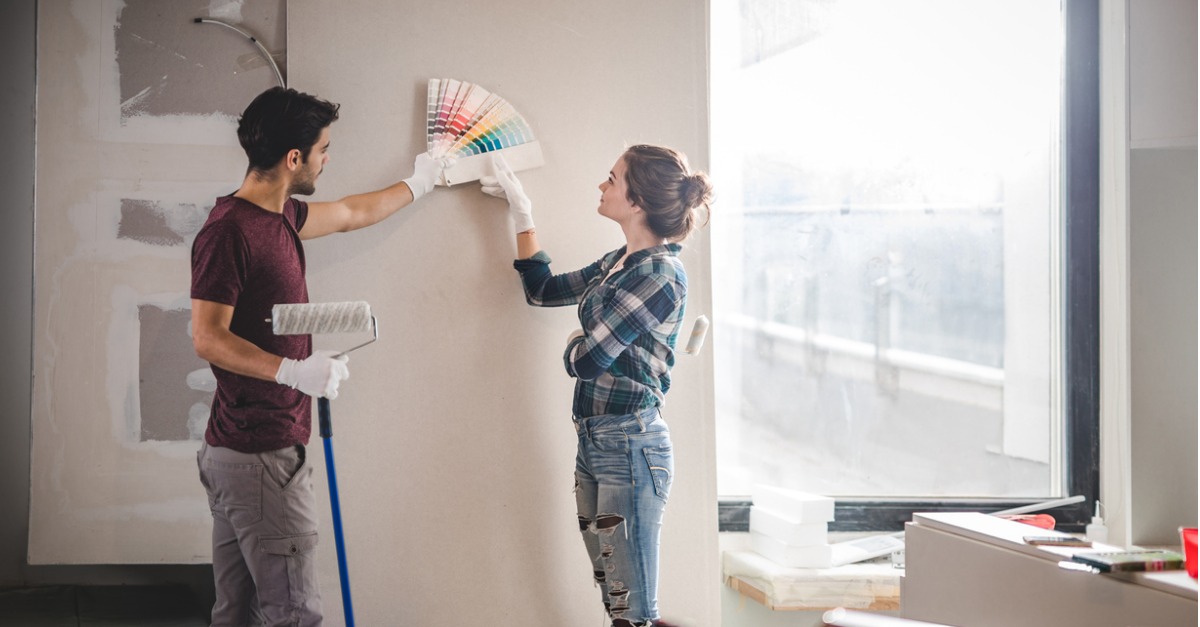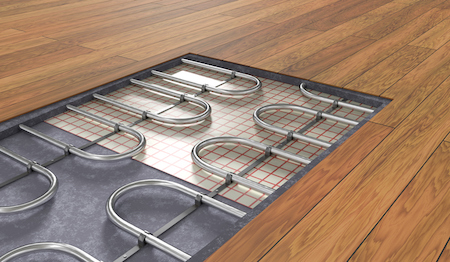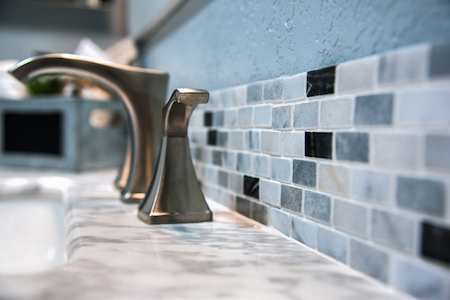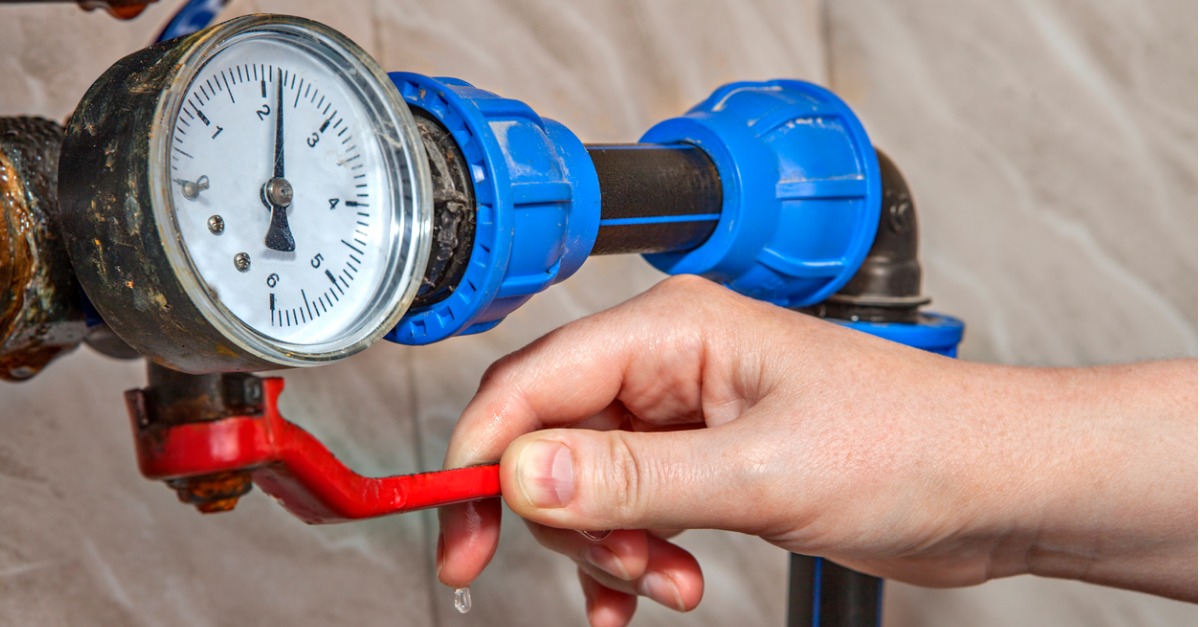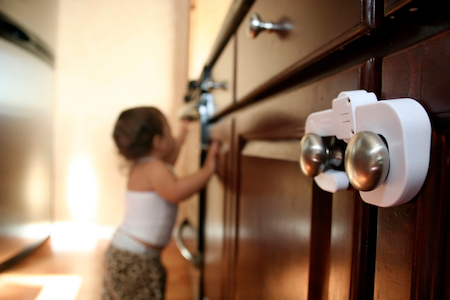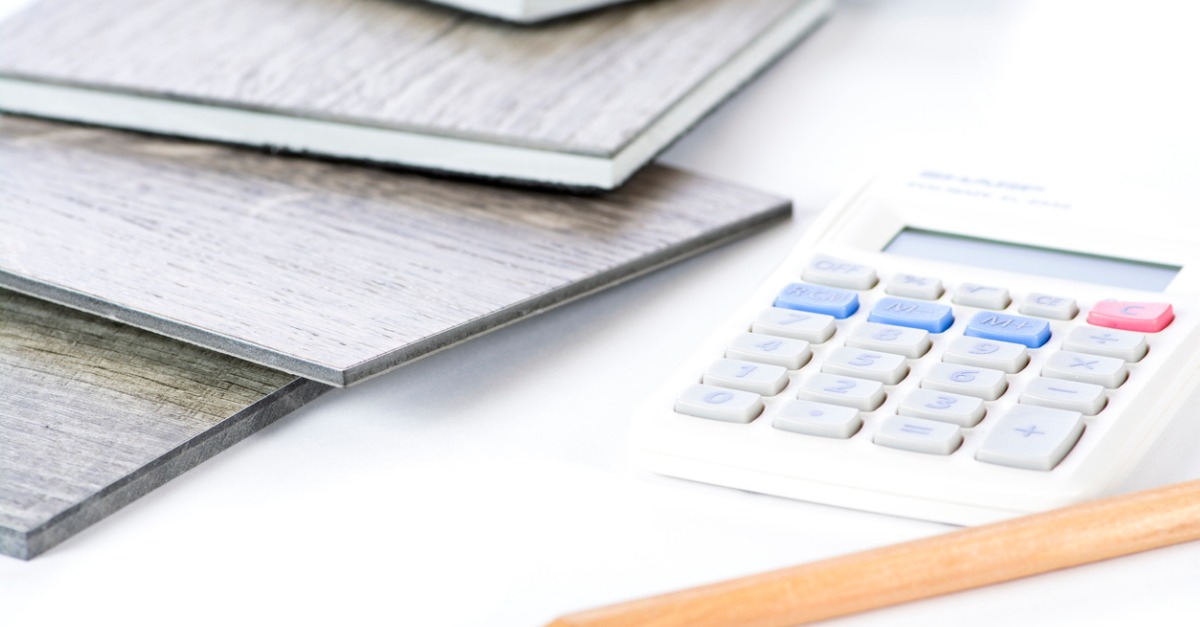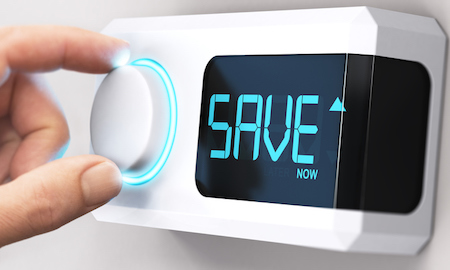
Are you looking for out-of-the-box decorating ideas for your space? Below are a handful of interesting accent ideas to up the creativity of your interior design.
Hanging accent lights. Caged, bubbled, modern, antique—there are myriad styles for hanging accent lights, which can be clustered, paired or used solo to fill up an empty corner or decorate a blank wall.
Mantels. Who says a mantel should only sit above a fireplace? You can easily install a freestanding mantel to rest photos, art or your favorite books. Another trick? If your walls are dark, paint your mantel to match and your items will suddenly be floating.
Dips. Dipped frames, art or even doors are all the rage right now. Imagine a series of white picture frames with their bottom dipped in gold. The best part? You can DIY these in a couple of hours; all you need is your item for dipping and your favorite shade of paint.
Painted fireplace. Whether your fireplace is no longer active, or its only active for a few months a year, painting the inside a fun pop of color can add life to your space. Think a bright blue, merry orange or buttery yellow.
Vertical garden art. That vertical garden is no longer reserved for your back patio. If you have a blank wall, hang a grid-style vertical garden and decorate it with cool succulents, your favorite herbs or a climbing vine.
